Olympus E. Zuiko Auto-T 135mm f/2.8
Olympus E. Zuiko Auto-T 135mm f/2.8
Olympus E.Zuiko Auto-T 135 f/2.8 is a typical Zuiko lens of its generation. Gifted with great build quality in a very compact body, it is another representative of the age, when lenses were produced with a larger participation of the master craftsmanship.
This is an older Olympus E.Zuiko 135 version, single coated (the newer is only Zuiko and latest versions are all Multicoated, but only some features MC sign) and it feature 5 elements in 5 groups with a 55mm filter thread. Minimum focus distance is moderate 150 cm.
Olympus is the smallest lens in my 135 collection with its 80mm maximum length and 60 max. width. With its 365 g. it is also one of the lightest lenses in the collection, and it certainly can be considered as a compact lens.
My sample has lot of wounds and wears on the body, but optically is in a good condition.
The Rokkor on the right is still probably slightly better built, but Olympus lenses being smaller and lighter, always had some special feeling – suggesting some refined engineering.
Same as its Rokkor mate on the right, it has built-in lens hood, all metal of course, and well dampened focus ring. (As you can see, those two more modern lenses in between, has no lens hoods, but at least producers does include plastic ones in the packaging.)
ISO 12333 test:
f/2.8
 |
| Sony NEX 7 + Olympus E.Zuiko Auto-T 135/2.8 at f/2.8. Click for the original |
f/4
 |
| Sony NEX 7 + Olympus E.Zuiko Auto-T 135/2.8 at f/4. Click for the original |
f/5.6
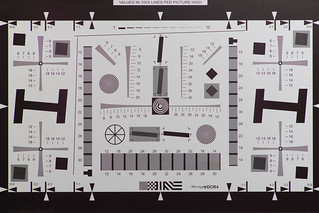 |
| Sony NEX 7 + Olympus E.Zuiko Auto-T 135/2.8 at f/5.6. Click for the original |
f/8
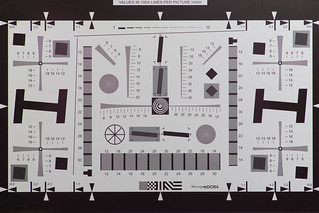 |
| Sony NEX 7 + Olympus E.Zuiko Auto-T 135/2.8 at f/8. Click for the original |
f/11
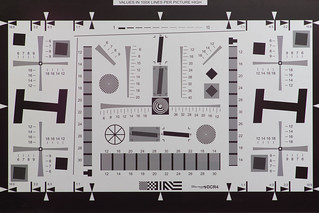 |
| Sony NEX 7 + Olympus E.Zuiko Auto-T 135/2.8 at f/11. Click for the original |
f/16
 |
| Sony NEX 7 + Olympus E.Zuiko Auto-T 135/2.8 at f/16. Click for the original |
f/22
 |
| Sony NEX 7 + Olympus E.Zuiko Auto-T 135/2.8 at f/22. Click for the original |
Olympus E.Zuiko Auto-T 135/2.8 is quite sharp lens, but chromatic aberration is really big wide open. I would like to test another sample especially if I find MC version for reasonable price, as CA might be improved. Other than that, on APS-C sensor vignetting is negligible, corner performance is good across f-stops, with the peak overall resolution at f/5.6. Diffraction hits at f/11, but the image is still usable even at f/16. I would try to prevent f/22, though. Field curvature is well corrected.
Bokeh Test:
f/2.8
 |
| Sony NEX 7 + Olympus E.Zuiko Auto-T 135/2.8 at f/2.8. Click for the original |
Wide open, Olympus has nice bokeh with regular circular specular highlights (blue circles) and just slightly darker outer edge strokes.
f/5.6
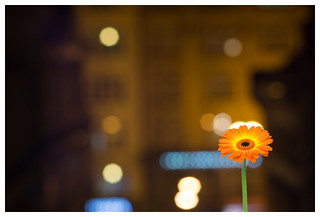 |
| Sony NEX 7 + Olympus E.Zuiko Auto-T 135/2.8 at f/5.6. Click for the original |
With 8 aperture blades, this lens produce nice octagonal shaped highlights and overall bokeh remains very good, with just a bit nervous mid tones. I would rate this Olympus as one of the above avarage lenses when it comes to the quality of the blurred areas.
Using Olympus in a real life is a very nice experience in terms of handling as well as resulting images. The only drawback mentioned earlier is high amount of CA and somewhat lower contrast, especially wide open and with a stronger back light. Both might be improved with MC version, but I still have to try it.
When used with a side light, where flaring and glowing are reduced, it deliver superb IQ even wide open, and I will strongly recommand it for the people photography. If f/2.8 generate sufficient subject isolation for you, and if you are looking for a cheap, compact tele-lens (equivalent of 180mm on APS-C, or 270 mm on m4/3), Olympus will probably come close to the top of my legacy 135 recommendation.
Check it for yourself, you shouldn’t be disappointed.
Here are few portraits, that you can compare with the other tested 135mm here.
Portrait 1
f/2.8
 |
| Sony NEX 7 + Olympus E.Zuiko Auto-T 135/2.8 at f/2.8. Click for the original |
Unfortunately, I forgot to make this image at f/5.6, so here is another image at f/2.8
f/2.8
 |
| Sony NEX 7 + Olympus E.Zuiko Auto-T 135/2.8 at f/2.8. Click for the original |
In the shadow, Olympus render slightly colder tones, but the contrast is good and CA doesn’t bother much. Distant OOF areas are very smooth and pleasing. It is not the sharpest lens for sure, but that is rather good for portraits.
100% Crop
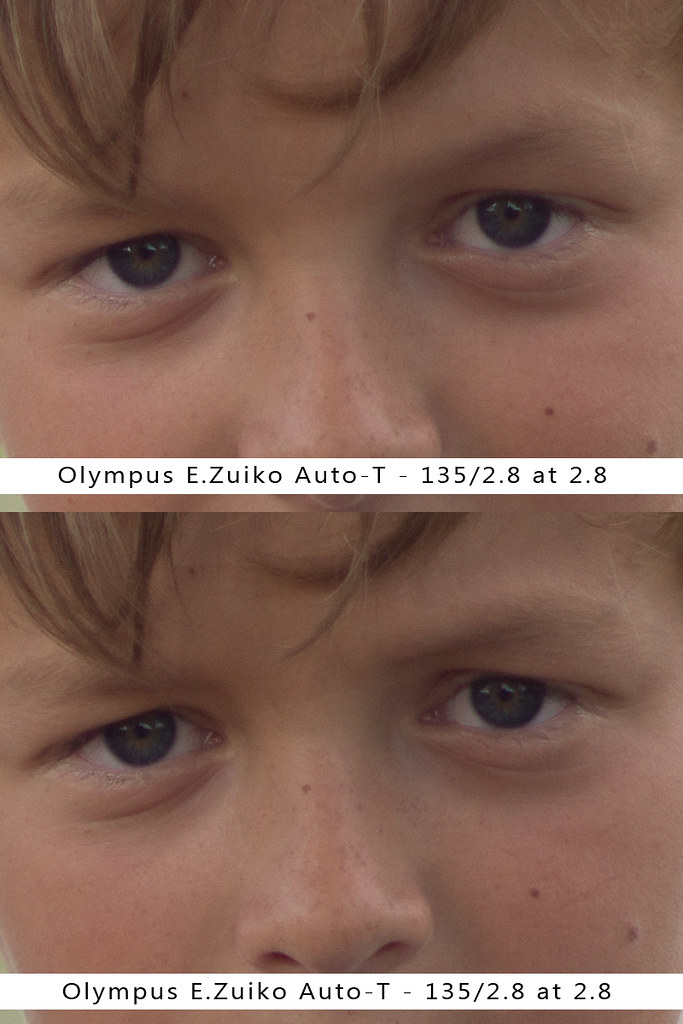 |
| Click for the original |
Portrait 2
f/2.8
 |
| Sony NEX 7 + Olympus E.Zuiko Auto-T 135/2.8 at f/2.8. Click for the original |
f/5.6
 |
| Sony NEX 7 + Olympus E.Zuiko Auto-T 135/2.8 at f/5.6. Click for the original |
With a subject with strong back light, the problem with CA shows in its full importance. This amount of CA is not easy to correct without gray contour occurrence, so either MC version will help here, or you need to avoid this kind of lighting. Contrast is also significantly lower and OOF areas are not that smooth any more, but still nicer than most legacy alternatives.
100% Crop
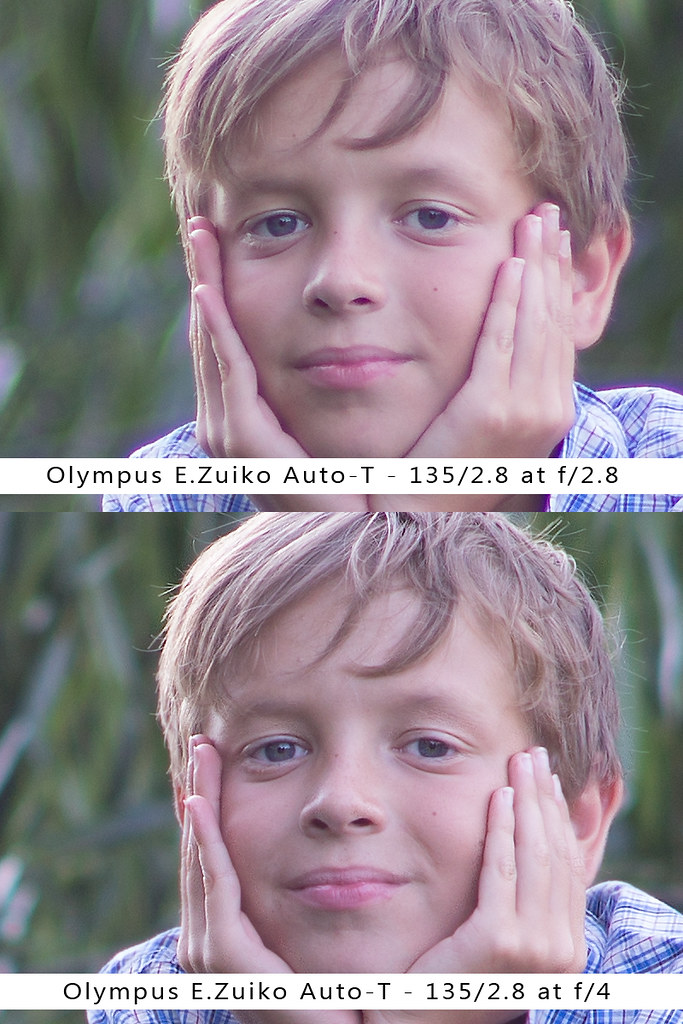 |
| Click for the original |
Portrait 3
f/2.8
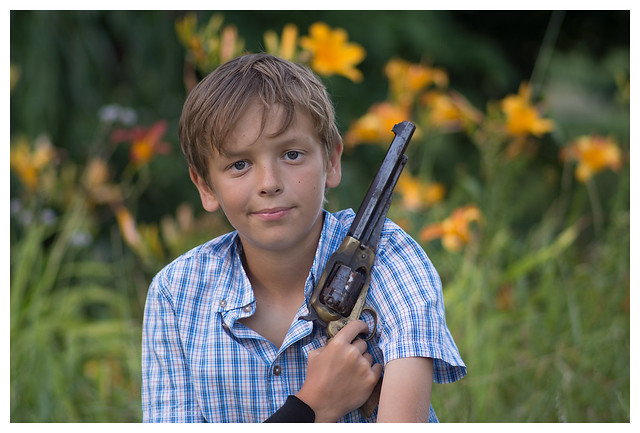 |
| Sony NEX 7 + Olympus E.Zuiko Auto-T 135/2.8 at f/2.8. Click for the original |
f/5.6
 |
| Sony NEX 7 + Olympus E.Zuiko Auto-T 135/2.8 at f/5.6. Click for the original |
100% Crop
 |
| Click for the original |
With a light coming from a side , contrast greatly improves even wide open and colors are natural with good saturation. At f/5.6 when focus is correct, lens resolve details very well.
Summary:
Olympus E.Zuiko Auto-T 135/2.8 is nice legacy lens. 135mm lenses were very popular once, and with more and more Full Frame 35mm digital cameras around, I predict their popularity come back soon. For APS-C, they are tad long for portraits, but not long enough for ZOO or soccer playing kids. I still like that 180mm on my NEX and I find its usage attractive for distant street shots, though. Those lenses are very good values, and Olympus is exceptional in that regard. I bought my copy for 70 USD, and while it shows signs of use on the barrel, optics are clean, focusing smooth and there is no oil on aperture blades. There is more common and more compact Olympus 135/3.5 that is also very nice lens as far as reviews indicate. I haven’t try one, because f/2.8 is about my limit for the speed with this type of lenses. Not because of the shutter speed, but rather because of the DOF that I am used for subject isolation. with this type of lenses.
In comparison to Minolta Rokkor tested earlier, this Olympus has a bit of its own flavor. Probably it’s the bokeh and color tonality that makes it more attractive to my eyes.
The complete set (some images will be added by time) with original images (choose original size) can be found here.
Links to the other 135 reviews (in progress):
Sony SAL 135 f/2.8 (T4.5) STF
Sony SAL 135/1.8 Zeiss Sonnar T* ZA
Carl Zeiss Sonnar 135mm f/2.8 T* (C/Y)
Canon EF 135/2 L USM
Minolta MC Rokkor-PF 135/2.8
To help this page survive, your donation will be highly appreciated.

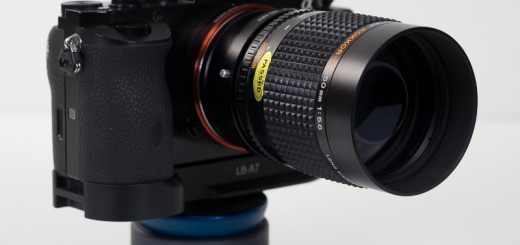

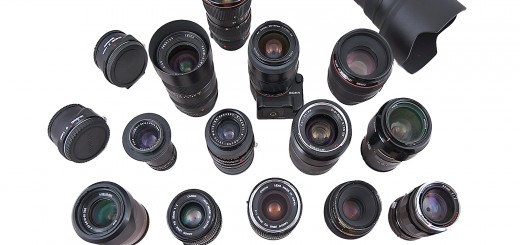











Thank you very much for your review of the Zuiko Auto-T 135mm f/2.8, and in particular for making accessible the ISO 12233 test images in full resolution. This has been very helpful for me.
I’d like to add a few observations, if I may: I believe the ISO 12233 test chart is designed to let you read the resolution figure in lines widths per picture height directly from the chart, but this works only if the tips of the black triangles barely touch the image borders. The opposing white triangles inside the black borders of the chart must be outside the picture. If they are visible on the picture like they are on yours, then the numbers on the chart are not directly meaningful anymore.
Thank you for the comment. As you know ISO12333 is a help to test the entire system, not the lens alone. In other words, you can make the crop as large as you like and the only thing you need – is to relate your MTF figures to the resulting image size. For me, it is much easier to allign the camera this way, especially when I have to change many lenses. Resulting differences (after crop) should be minimal. I am permanently looking for more reliable system to allign my test charts, but so far it is rather mission impossible. This is why I usually advice, to judge my ISO test rather as a lens tendency, than in its absolute figures.